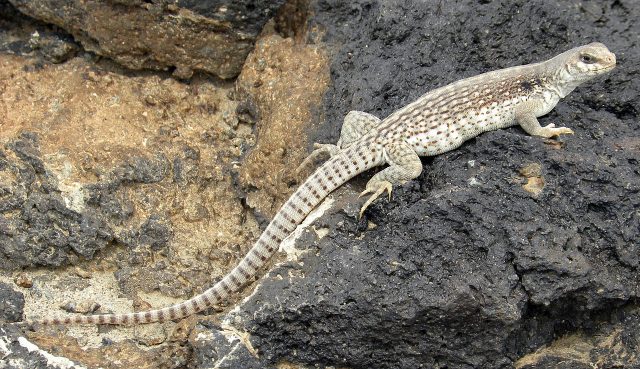Type the name of the breed you're looking for below
[wpdreams_ajaxsearchlite] Don't see the breed your're looking for? Click here and let us know!
Desert Iguana
| Place of Origin and Range | This iguana is one of the most common lizards of the Sonoran and Mojave deserts of the south western United States and north western Mexico. They also occur on several Gulf of California islands. |
| Description | The desert iguana is a blunt, medium-sized lizard. They are pale grey-tan to cream in colour with a light brown reticulated pattern on their backs and sides. Down the centre of the back is a row of slightly-enlarged, keeled dorsal scales that become slightly larger as you move down the back. The reticulated pattern gives way to brown spots near the back legs, turning into stripes along the tail. |
| Morph Patterns Available | Yes |
| Adult Size | Can grow up to 14 in( 31 cm) |
| Accommodation | Their preferred habitat is largely contained within the range of the creosote bush, mainly dry, sandy desert scrub land below 1,000 m (3,300 ft). It can also be found in rocky stream beds up to 1,000 m. In the southern portion of its range this lizard lives in areas of arid subtropical scrub and tropical deciduous forest. Temperatures of 79 °F (26 °C) to 95 °F (35 °C) and must have appropriate sources of UVB and UVA lighting, or else their bodies cannot produce vitamin D that promotes calcium absorption, which can result in a metabolic bone disease that can be fatal. A large enclosure and access to fresh water. 6 f x 6 f x 30 inches. |
| Lifespan | Can live 10-15 years |
| Feeding / Diet | A herbivore, should be provided with lots of mixed greens and shredded vegetables. |
| Breeding | Mating takes place in the early spring. It is believed that only one clutch of eggs is laid each year, with each clutch having 3-8 eggs. The hatch-lings emerge around September. |



